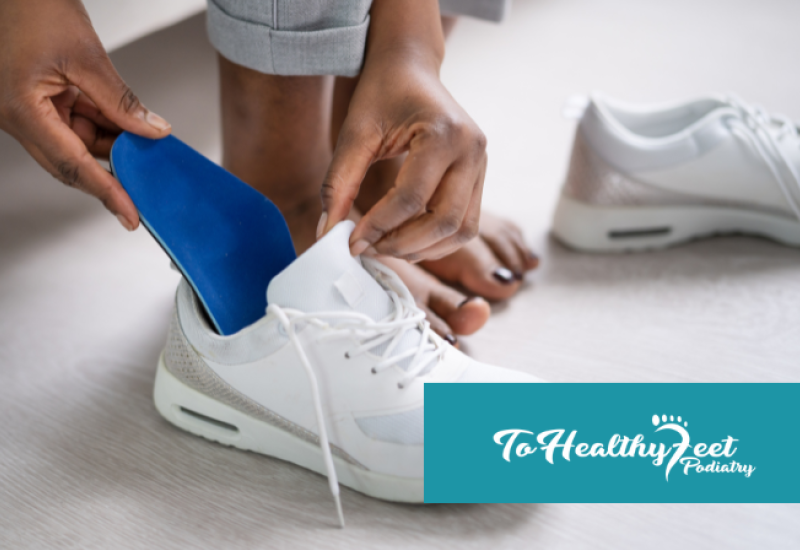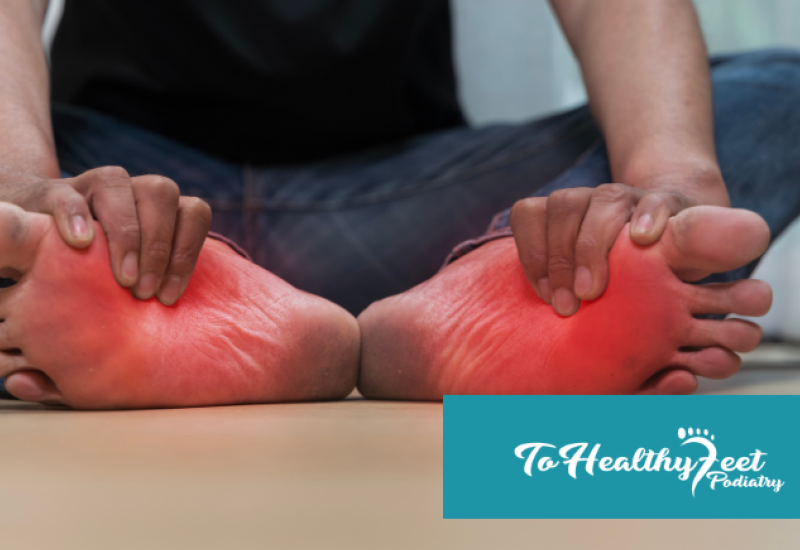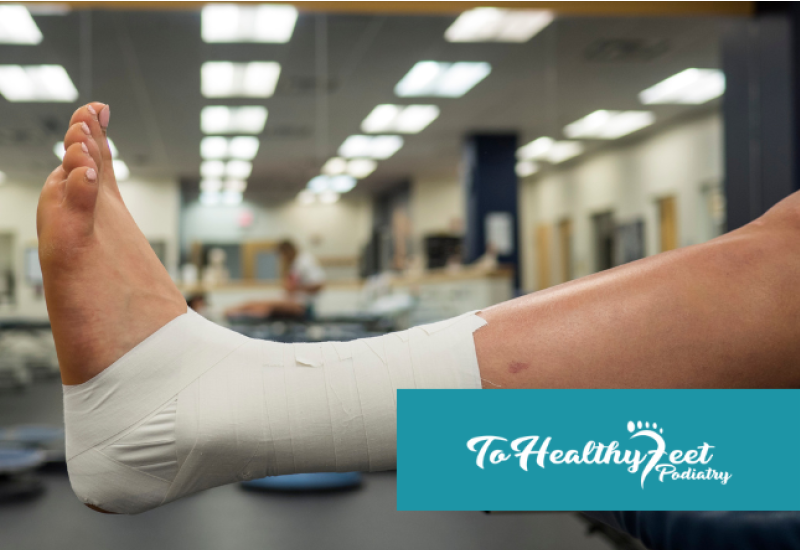What Is Morton’s Neuroma?
Morton’s neuroma is the thickening of the sheath tissue of one of the nerves leading to your toes. As the tissue thickens, the nerve becomes stressed. The result is constant or radiating pain, or tingling and numbness in the ball of your foot, or the area between your third and fourth toes. Though rarely dangerous, this condition can be frustrating to deal with and is unlikely to go away on its own.
This disease can affect anyone of any age. Tight fitting shoes such as high heels have been shown to be associated with the development of Morton’s neuroma. Anyone who pursues high-impact activities is also at risk of developing the condition.
How Cryosurgery For Morton’s Neuroma Works
Cryosurgery is rapidly becoming a favourite treatment for Morton’s neuroma. This is because it is minimally invasive; it is quick, relatively painless, requires almost no recovery time, and has an exceptionally high rate of success. It is the remedy of choice for athletes who want to fully restore the function of their foot and get back to their sport as soon as possible.
In a nutshell, cryosurgery uses extreme cold to destroy the thickened nerve sheath that has enveloped the affected toe nerve. A 6 to 10mm ice ball reaching temperatures as low as -70℃ is formed at the tip of a cryo-needle, causing nerve degeneration and inhibiting pain signals. A local anesthetic may be applied to numb the treatment area.
The procedure leaves the toe nerve intact, allowing for regeneration. There is no risk of loss of sensation or developing stump neuroma (nerve pain in the foot).
Cryosurgery Recovery
This procedure is completed within 15 minutes and requires almost no downtime. While your toe nerve may take a short time to regenerate, you will most likely not experience significant discomfort in the recovery process. You will not need to wear a surgical boot or crutches.
Patients are advised to limit weight-bearing activities in the meantime, however.
Cryosurgery Risks
Compared to other surgical procedures, cryosurgery for Morton’s neuroma carries exceptionally low risks. Infections are very rare, as is the formation of abscess. The risk of losing sensation in your foot after the surgery is largely absent.
If you experience symptoms of Morton’s neuroma in the future, cryosurgery can be carried out again without risk of additional complications.
The Best Surgery For Morton’s Neuroma
Cryosurgery’s very low rate of complications, minimal recovery time, and its quick and relatively painless delivery makes it one of the best treatments for addressing Morton’s neuroma. This is especially apparent in comparison to conventional surgical procedures, which are more invasive and carry moderately higher risks.
Are you interested in cryosurgery to treat your neuroma? Get the conversation started at To Healthy Feet Podiatry by calling 917-398-3668 or by filling out the online contact form.
FAQs
Q: Does cryosurgery destroy the affected nerve?
A: No. The procedure merely destroys the thickened tissue that has formed around the nerve. The nerve itself is preserved and will regain full function and sensation after the recovery period.
Q:Does cryosurgery require any stitches?
A: No. The incision made by this minimally invasive procedure does not require any stitches.
Q: How long does cryosurgery take?
A: This one-time procedure takes 15 to 25 minutes to complete.




